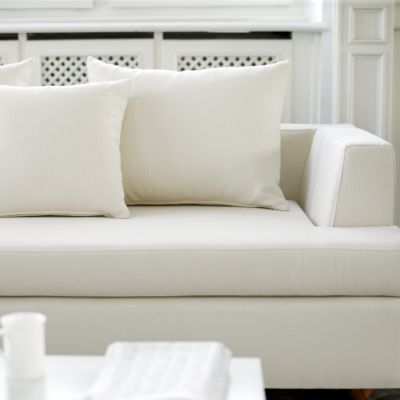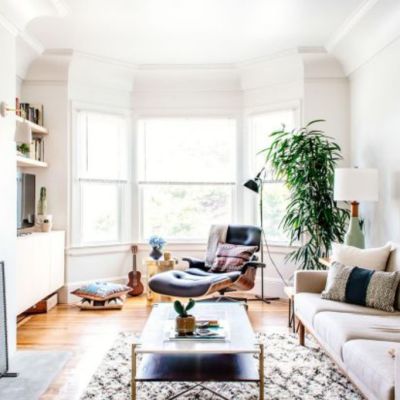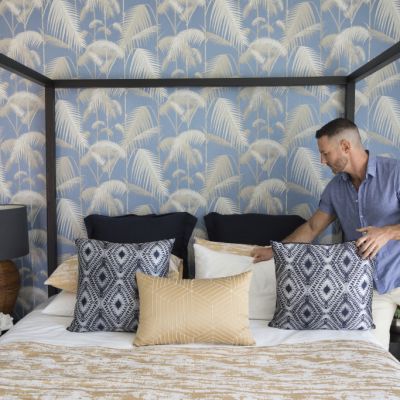How to choose the right sofa and get the most out of it
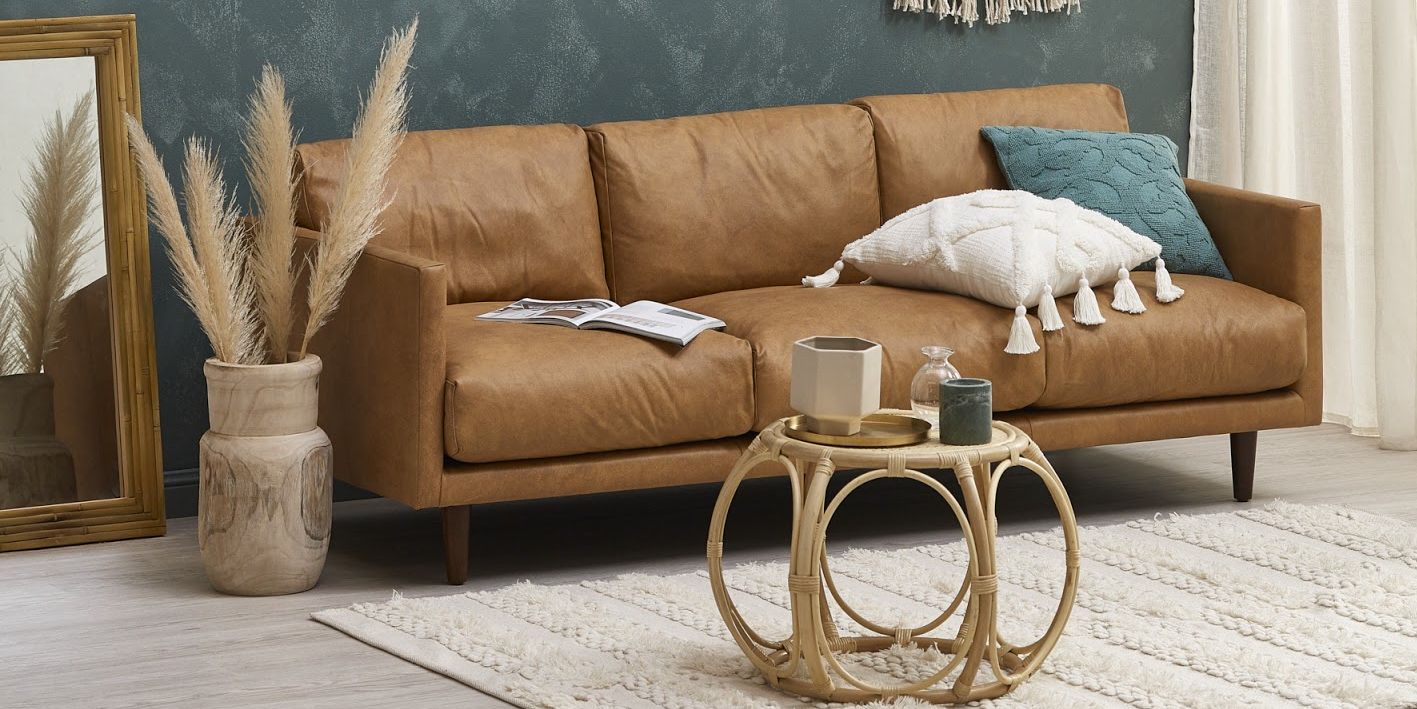
It’s the workhorse of the lounge room. Whether you’re burning through a TV series marathon, entertaining a couple of friends or throwing a full-blown shindig, your sofa will be getting a workout.
So when it comes time to buy a new one and manoeuvre it into your living space, how do you avoid making an expensive mistake?
We asked some experts about what’s proving popular, how to choose between leather and fabric and how to make sure your new sofa lasts the distance.
What’s trending?
Head of styling at online retailer Temple & Webster Jessica Bellef sees a trend towards modular sofa styles that do “double duty” in the home – such as mid-century-style sofa beds and day beds.
“We are also noting a rise in the popularity of chaise-style sofa, the L-shape sofa, that allows you to swap the position of the extended end,” she said, explaining that this design allowed seating to be better adapted to the room.
Lexi Kentmann, from Williams-Sonoma Australia – the company behind West Elm and Pottery Barn – said smaller, more slimline sofas were rising in popularity, particularly given the rise in apartment living.
“Sectionals are increasingly popular too – giving you flexibility – and are space-saving,” she said. “If you measure out the footprint of a sectional, it will most likely allow more wiggle room – plus it’s perfect for entertaining.”
Adam Drexler, the founder of Matt Blatt, noticed dual trends depending on where the sofa would eventually go.
For large family homes it was a case of the bigger the better, whereas for smaller apartments modular sofas were gaining traction, and customers were no longer opting for smaller units for small spaces.
“Stylists now say you should buy the largest sofa you can for your space – and our customers are taking note,” he explained. “A compact sofa in a cosy space tends to make a room look a bit more like a doll’s house, with everything in miniature.”
He said a single larger sofa combined with an armchair was popular for smaller spaces, as was a modular sofa with an ottoman that could be used for extra seating.
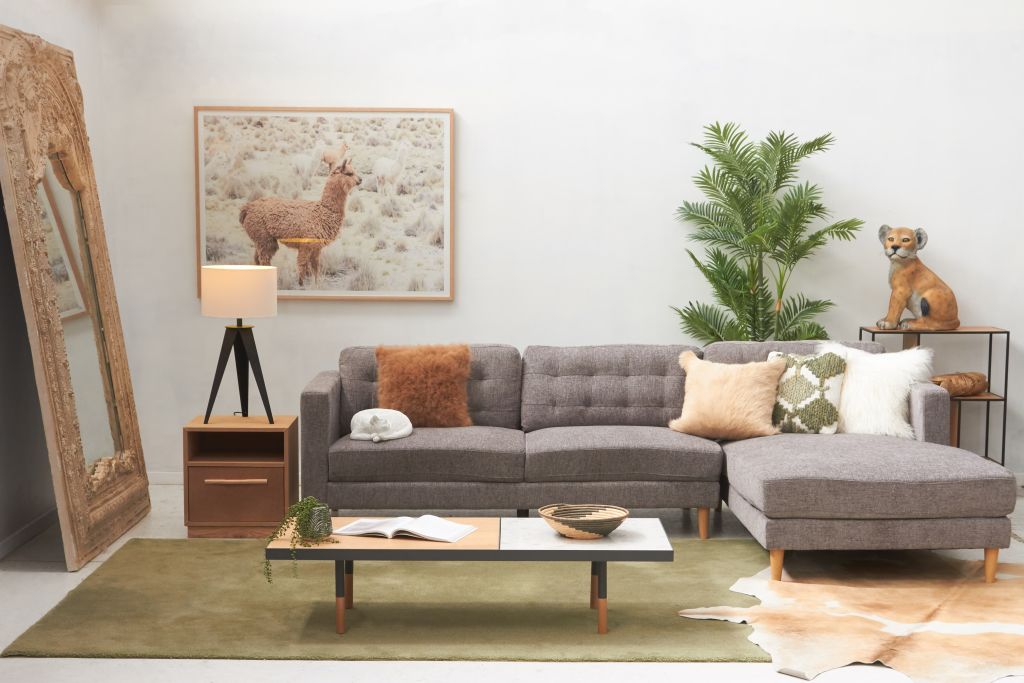
Fabric or leather?
“The choice comes down to how much are you willing to invest, what level of upkeep can you realistically maintain and what kind of look and feel you are drawn to,” said Ms Bellef.
Leather can evoke a natural, organic effect in a room, it’s durable, and it ages better. It’s also less friendly to dust mites. Unfortunately it’s also more expensive and requires conditioning every six months to prevent cracking, and spills still have to be dealt with straight away.
Ms Kentmann said, contrary to popular belief, leather was a smart choice when kids and pets were involved.
“It’s hard-wearing, easy to clean, and it ages beautifully. Any scratches or marks become part of the patina and just add to the richness of leather,” she said.
Mr Drexler said while there was a strong case for leather sofas, it was important to remember that not all leathers were created equal.
“Remember to ask what kind of leather you’re buying, though. Full-grain and top-grain leather are higher-grade materials which will become softer and more supple with time, whereas corrected grain and split leather aren’t as premium,” he said.
Fabric, on the other hand, brought a certain softness to a room, and was a bit more comfortable on hot summer days. But lighter fabric sofas were prone to showing up marks and stains and would need to be regularly vacuumed.
“Slightly textured upholstery with flecks of darker colour will do a better job of hiding mess compared to fabrics in lighter shades with a flatter weave,” said Ms Bellef, adding that a removable cover made the surface easier to clean.
Generally easier to maintain, fabric sofas are available in a much broader range of colours, meaning they can be matched to almost any colour scheme.
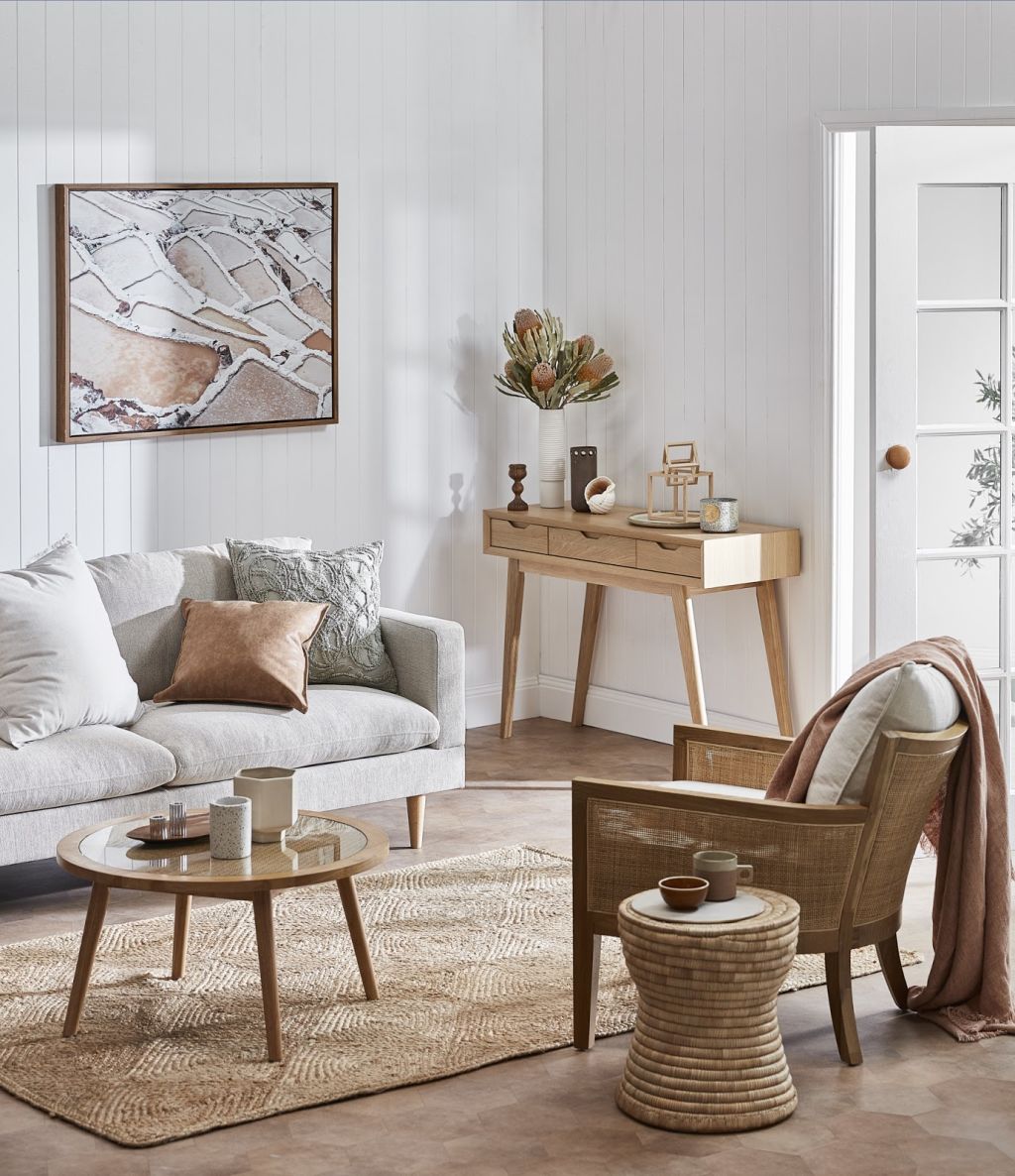
Don’t be a furniture fashion victim
“Your sofa is most likely going to be the most expensive piece of furniture in your living room, so you want to make sure you get the most out of your investment,” said Ms Bellef. That means choosing a style that won’t immediately date.
She suggested mid to dark greys, navy, or oatmeal-linen for a classic base colour, with pops of colour provided by cushions or throw rugs.
“Look out for a sofa with a clean-lined design, and avoid anything that is overly decorative or embellished,” she said.
Mr Drexler said the key was following a few rules, and simple designs with a mid-range back and timber or metal legs were usually a safe bet.
“Avoid anything too modern or angular and stick with neutral shades or classic solid colours such as navy blue, charcoal or tan or black leather,” he said.
“Don’t buy patterned fabrics or textured weaves; and steer clear of sofas with striking features such as no arms, no legs or an ultra-low profile.”
Ms Kentmann said there were many definitions of a “classic sofa”, and really, the trick was to find one you’d always want to go back to.
“Buy what you love and don’t slavishly follow trends,” she said. “Look for something that suits your lifestyle and comfort levels, as well as sense of style, and it will never date.”

Maximise your comfort
“Ergonomically, if you’re looking for a supportive sofa, seek out firm cushions and shorter seat,” said Ms Kentmann. “Add in an ottoman and you can kick back and relax at the end of a hard day.”
However, she said, the key to maximum comfort was really just giving it a test-sit in store.
“We encourage customers to sit, lie down – really put them to the test in store to ensure you get what you are looking for,” she explained. “If you like to sprawl out at home, do that in store.”
Ms Bellef noted that it was important to pay attention to the sofa’s seat depth, with the average measurement from the sofa’s front to the back cushion falling between 53 centimetres and 60 centimetres.
“If you are tall or prefer a sofa that you can slouch back into, look out for sofas with depth measurements on the higher end of that range,” she said.
Mr Drexler said the first key to finding a comfortable sofa was to opt for one with a quality suspension, such as a Black Cat or First Grade Pirelli webbed suspension.
He also said it was a good idea to find a sofa with a premium foam filling, which would be supportive and longer-lasting.
“The third is to realise that you should update your sofa from time to time, since a saggy old sofa that has lost its form isn’t a comfortable — or ergonomically ideal — option for anyone,” he added.
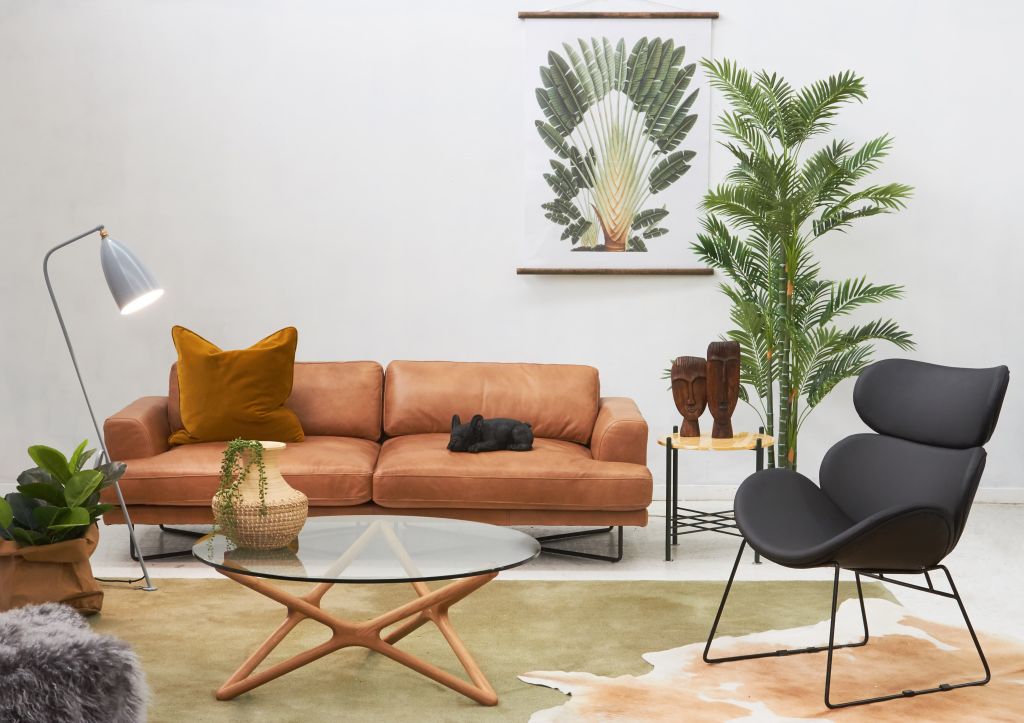
What are some common mistakes?
Ms Bellef said the most common reason for a sofa being returned was simply that it didn’t fit in its intended space.
“Our advice is to measure, and then measure again,” she said. “Tape out the sofa’s footprint to give you a better idea of how much the sofa will interact with the layout of the room, and the flow of foot traffic.”
It’s also a good idea to measure the height to ensure it will fit under window sills, and also measure doorways and hallways to make sure you can actually get it inside.
Mr Drexler said people commonly failed to get enough seat depth, opting for fashion over function, or chose a cheaper model and then regretted it.
“Your sofa is the centrepiece of your lounging life – which means it’s one of your most important furniture purchases, so do your homework,” he said. “Ask your retailer the tough questions to determine the quality of the sofa you’re considering.”
We recommend
We thought you might like
States
Capital Cities
Capital Cities - Rentals
Popular Areas
Allhomes
More
